ENCFS - mount the encrypted directory
It's a modul of FUSE system 1), which transparently encrypt and decrypt data and names of files.
In data storage it is possible to combine ENCFS with systems for connecting remote directory and by this it is possible to achieve a secured data archives with encryption on client - that means, that unecrypted data (plain text) will not leave the user's computer.
Needed SW
Local use
Basically, you can also use ENCFS locally (without a network connection of the remote directory), only to acces the encrypted data.
This option is not applicable with the data storage, but it is the simplest one as a way to test the right configuration of ENCFS's layer.
Preparing of the directories (.private for encrypted data and mnt for mounting the data in decrypted form)
$ mkdir .private mnt
First running of the command encfs initialises an encrypted space, all the other runnings of the command just ask for the password (always only one time).
- the directories have to be stated as a full path - which can be simplified by stating $PWD the variable (it should contain an actual directory as a full path)
- destination directory, if existing, it has to be empty
Program will ask for a configuration variant - we recommend a “standard mode” (enter the empty line):
Warning: the option
“Add random bytes to each block header” used in “paranoia mode” within an “expert mode” causes (with nonzero value) a large decrease of speed of the writing process.
$ encfs $PWD/.private $PWD/mnt Creating new encrypted volume. Please choose from one of the following options: enter "x" for expert configuration mode, enter "p" for pre-configured paranoia mode, anything else, or an empty line will select standard mode. ?> Standard configuration selected. Configuration finished. The filesystem to be created has the following properties: Filesystem cipher: "ssl/aes", version 3:0:2 Filename encoding: "nameio/block", version 3:0:1 Key Size: 192 bits Block Size: 1024 bytes Each file contains 8 byte header with unique IV data. Filenames encoded using IV chaining mode. File holes passed through to ciphertext. Now you will need to enter a password for your filesystem. You will need to remember this password, as there is absolutely no recovery mechanism. However, the password can be changed later using encfsctl.
After that it is necessary to enter an access password twice (the password should be strong enough to protect the data):
New Encfs Password: secretPassword Verify Encfs Password: secretPassword
The directory should be already mounted - we can check it by command mount:
$ mount | grep encfs encfs on /home/user/mnt type fuse.encfs (rw,nosuid,nodev,default_permissions,user=user)
The directories are empty for now:
$ tree mnt/ mnt/ 0 directories, 0 files
$ tree .private/ .private/ 0 directories, 0 files
Now we can make directories and save files into the unecrypted part - for example:
$ mkdir -p mnt/d1/d11 mnt/d2 mnt/d3 $ echo "data" > mnt/d1/d11/file11.txt
The data appear in the both directories, in the .private part there are the encrypted ones:
$ tree mnt/ mnt/ |-- d1 | `-- d11 | `-- file11.txt |-- d2 `-- d3 4 directories, 1 file
$ tree .private/ .private/ |-- qRGNFVqtAMcA0aOAWTkn0h1I | `-- 7sJ78NEr5Phv5eRvE2bm-VCN | `-- cJHbtOnV7nSy9tMf6iWkgh9t |-- ,Wjp3Cup0wLEOv-pvn6rY-hz `-- HiRnQGsyjn1LM-cN5z9G4nkV 4 directories, 1 file
Unmounting the directory:
$ fusermount -u mnt
The unecrypted part is unmounted, the data in the encrypted part are staying:
$ tree mnt/ mnt/ 0 directories, 0 files
$ tree .private/ .private/ |-- qRGNFVqtAMcA0aOAWTkn0h1I | `-- 7sJ78NEr5Phv5eRvE2bm-VCN | `-- cJHbtOnV7nSy9tMf6iWkgh9t |-- ,Wjp3Cup0wLEOv-pvn6rY-hz `-- HiRnQGsyjn1LM-cN5z9G4nkV 4 directories, 1 file
The example of reconnection (without configuration queries):
$ encfs $PWD/.private $PWD/mnt EncFS Password: secretPassword
Usage over NFS directory
Let's assume nfs-mnt like a point, where a remote NFS directory is mounted (see NFS guide).
The ENCFS is used alike in local use:
$ encfs $PWD/nfs-mnt/.private $PWD/mnt
Warning: connecting point mnt must be local - it shouldn't be in the remote space mounted via NFS.
Whole process (fusermount etc.) is analogical like in Local use variant.
For example, if you see the user nobody like an owner of .private directory, it is possible to read ENCFS mounted data only by this user.
For right mapping and showing usernames see the instructions in section idmap.conf.
If it's not possible to fullfil this condition, rather use ENCFS over SSHFS directory.
Usage over SSHFS directory
Let's assume the sshfs-mnt as a point, where we mount the remote directory by SSHFS (see The SSHFS guide).
Example of SSHFS connection:
$ sshfs -o idmap=user username@ssh.du1.cesnet.cz:/VO_storage/home/username sshfs-mnt
We use ENCFS similary like in previous variants:
$ encfs $PWD/sshfs-mnt/.private $PWD/mnt
Warning: the mount point mnt must be local - it shouldn't be on the remote space mounted via SSHFS.
Whole process (fusermount etc.) is analogical to Local use variant.

